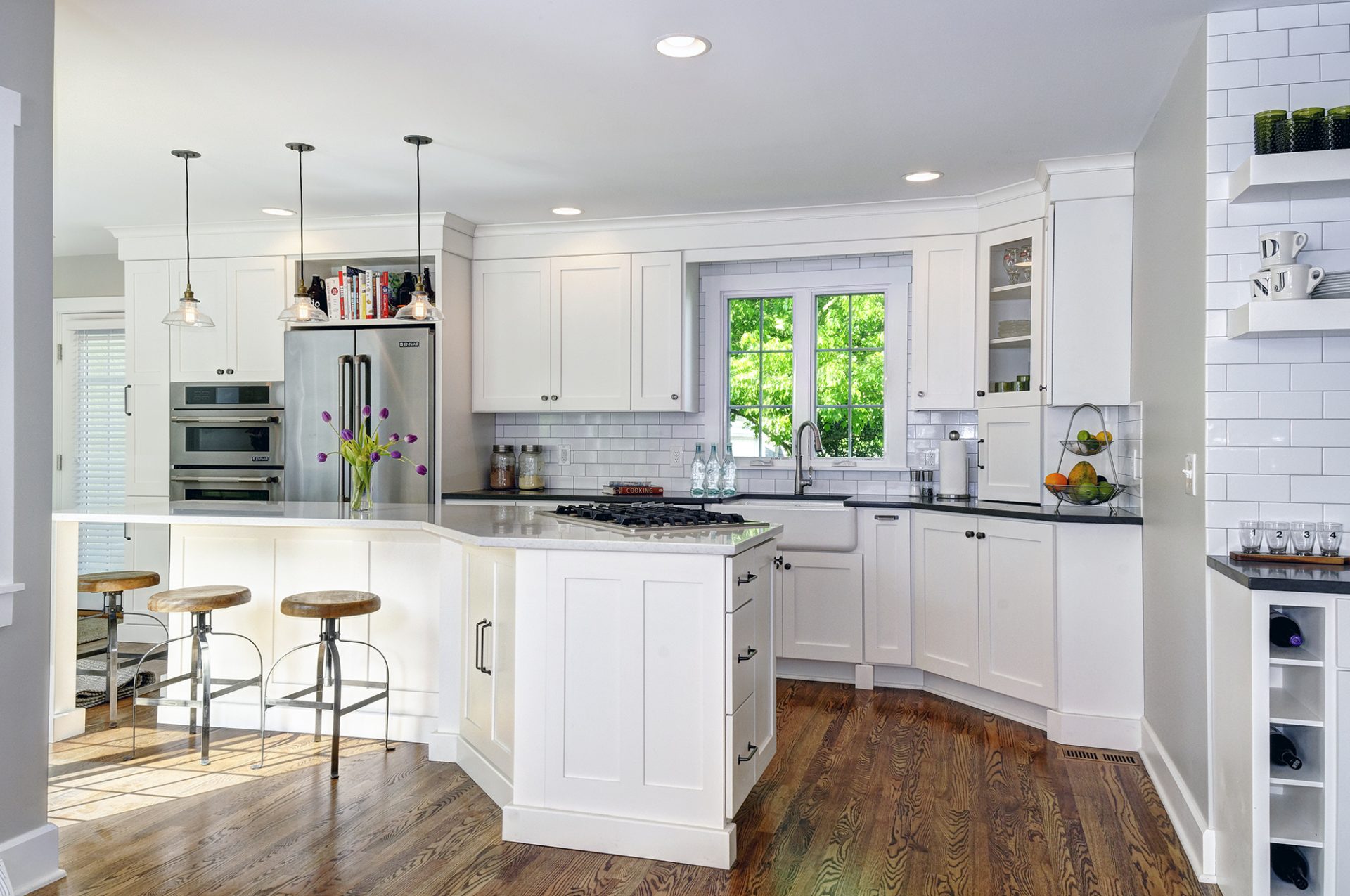Undertaking a renovation project on an old house can be an exciting experience, but it also comes with unique challenges. With a rich history and unique charm, it’s essential to preserve these characteristics while updating the property to meet modern standards.
This requires careful consideration of several factors, from the foundation and roof to electrical and plumbing systems, to ensure a successful and efficient renovation.
Whether you’re an experienced renovator or a first-time homeowner, it’s essential to understand the complexities of working with an older building to complete the job. Keep scrolling to learn everything you need to consider when renovating an old house.
Four things to look out for when renovating an old house

1. Structural Integrity
Renovating an old house is not a task to be taken lightly. It requires expertise, attention to detail, and an understanding of the unique challenges of working with an older building.
One of the most critical aspects of renovating an old house is ensuring its structural integrity. The foundation, framing, and roof must be checked for any damage, rot, or wear, as these are the key components that support the entire building.
It’s essential to address structural issues early in the renovation process, as neglecting them can lead to more extensive and costly repairs.
An expert assessment of the structure can help identify potential problems, allowing you to take the necessary steps to address them. Additionally, it’s also essential to consider the use of high-quality, professional maintenance solutions, such as those offered by Continental Research Corporation, to maintain the structural integrity of the building.
Their line of professional products is the best solution to your maintenance problems, and their team of industry professionals is always available to answer any questions you may have.
By understanding the property’s structural integrity and utilizing the right products and professionals, you can ensure that your renovation project is successful.
2. Moisture Issues
Moisture is a common issue in older homes, and it’s essential to address it during the renovation process to prevent further damage and ensure a healthy living environment. Old houses can be susceptible to water damage, mold, and leaks, which can cause various problems, from rotting wood to harmful indoor air quality.
It’s essential to check for signs of moisture issues, such as water stains, mold growth, and unpleasant odors, and address them as soon as possible.
When renovating an old home, it’s also important to consider potential sources of moisture, such as plumbing leaks, and to take steps to prevent them. Improper ventilation and insulation can also contribute to moisture buildup.
The key to successfully addressing moisture issues is early detection and prompt action. By being proactive and utilizing the right professionals and products, you can help prevent moisture problems and maintain the overall health of your home.
It’s important to remember that addressing moisture issues is crucial in ensuring the longevity and comfort of your old home.
3. Pest Infestations
When renovating an old house, it’s important to watch for signs of pest infestations, such as holes in walls, droppings, and nests. Pests can wreak havoc in older homes, causing structural damage and posing health risks.
Common culprits such as termites, cockroaches, mice, and ants can nibble away at building materials and spread disease. These unwelcome guests can also generate foul odors and leave behind droppings that can harm indoor air quality. And if not addressed properly, they can cause significant damage and health hazards.
Early detection and quick action are critical to preventing extensive damage and health risks. Measures such as sealing exterior cracks and gaps, eliminating food and water sources, and utilizing efficient pest control solutions can help keep pests at bay.
Consulting with a professional pest control company can also be a wise choice. They can provide tailored solutions and recommendations for keeping pests out of your renovated old home in the future.
In short, taking steps to address pest infestations during renovation is crucial to ensure a safe and healthy living environment in your old home.
4. Zoning and Permits
Lastly, you must consider local zoning laws and get the relevant permits. Failure to comply with local building codes and regulations can result in costly fines and delays and compromise your home’s safety and functionality.
It’s essential to research local zoning laws and building codes before beginning your renovation project and to obtain all necessary permits.
Consulting with a professional contractor or architect can help ensure compliance with zoning and permitting requirements. This can involve meeting with local building inspectors and submitting plans and specifications for approval.
By taking the time to research and obtain the necessary permits, you can avoid costly penalties and delays and ensure that your renovated old house meets all legal requirements and standards.

Bottom Line
Renovating an old house requires careful consideration as it is not a minor project. From addressing structural issues to mitigating moisture problems to avoiding pest infestations, obtaining necessary permits, and meeting zoning regulations, there are many aspects to consider.
Neglecting these aspects can lead to more problems down the road and cost overruns. It’s crucial to take a thorough and proactive approach to ensure a successful and safe renovation project. Consider the above-discussed factors to ensure the successful renovation of your old house.






